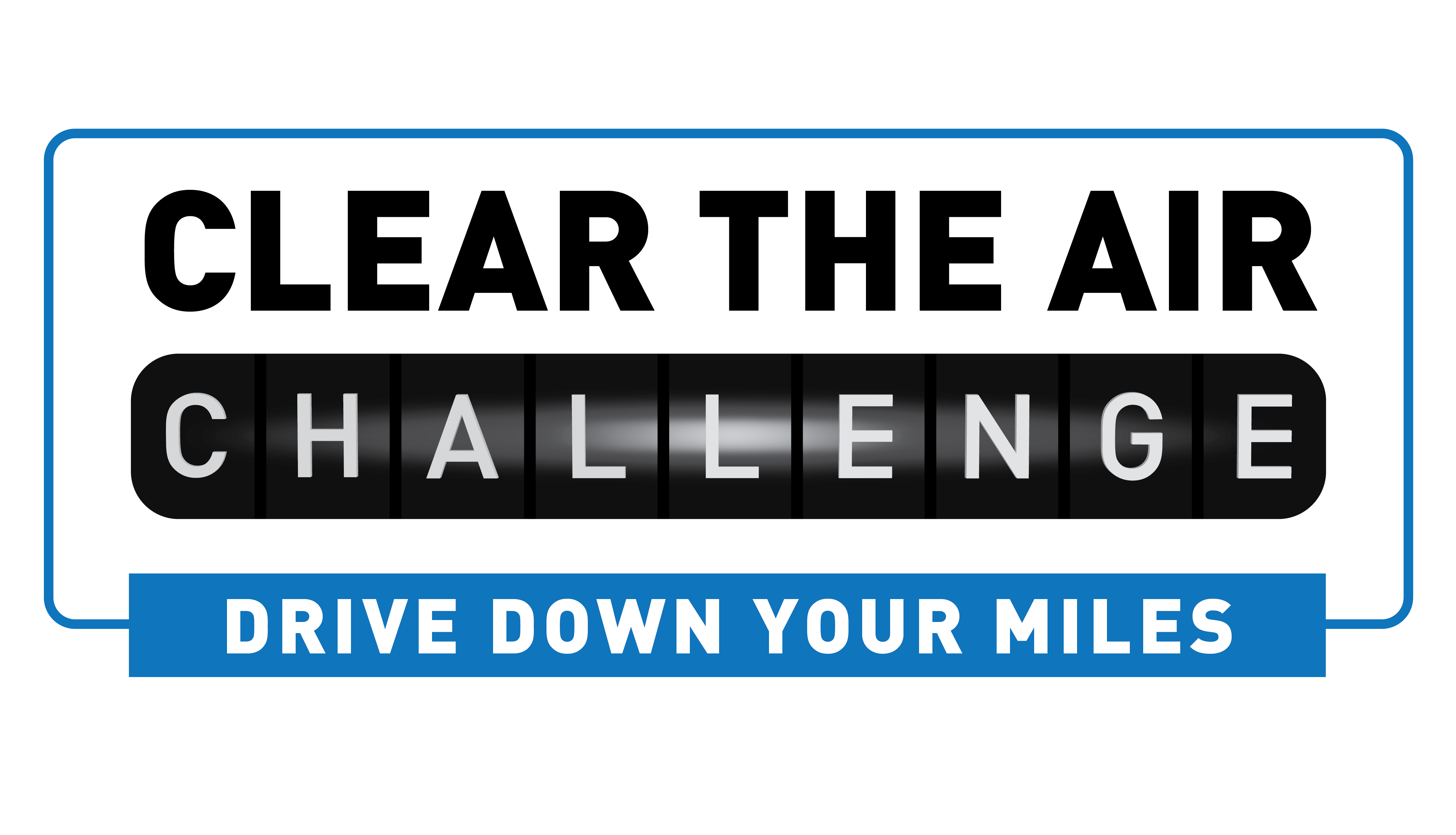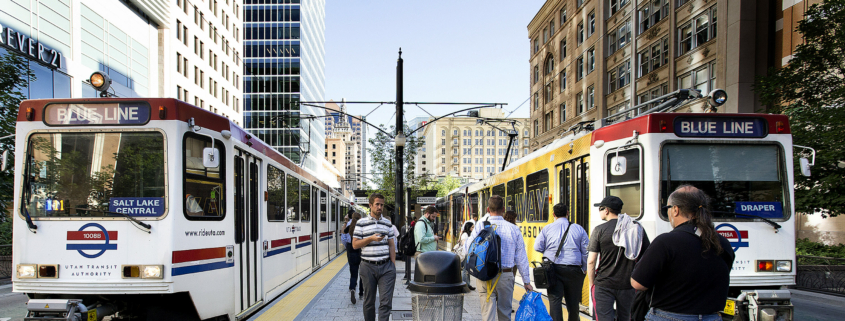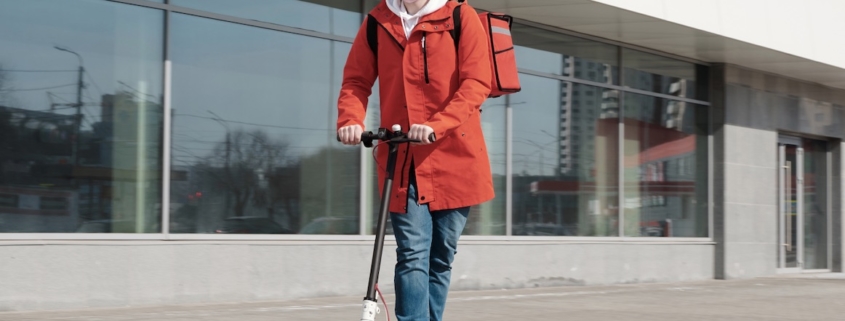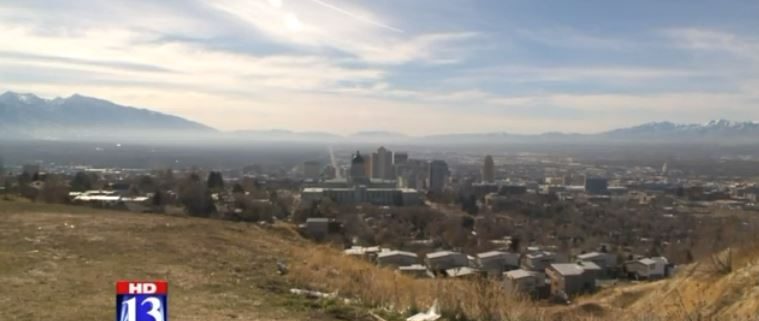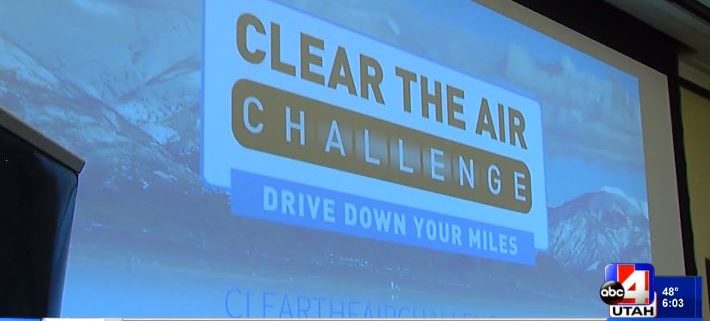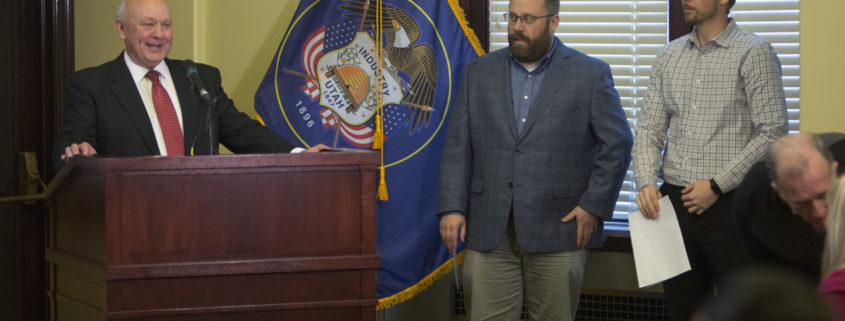Improving Your Transportation Strategies in Three Easy Steps
No matter who you are or how you travel, you have the power to make a significant impact on improving Utah’s air quality. By incorporating TravelWise strategies into your daily commute and beyond, you and your fellow Utahns can play a crucial role. In fact, it only takes three simple steps to explore alternative transportation options that can make a positive difference while adding a touch of freshness to your routine:
Step 1: Travel Less, Breathe More
The first step towards cleaner air is reducing the need for travel. Take a moment to consider if your workplace is within walking or biking distance. Embracing these active transportation options not only promotes a more active lifestyle but also saves you time by avoiding traffic congestion. To discover Salt Lake City’s bike routes and ensure a safe ride, check out the Salt Lake City Transportation and GREENbike websites.
Another fantastic option is teleworking. It’s a great way to save fuel, time, and money on car maintenance and parking fees. If the air quality isn’t ideal, why not approach your employer about teleworking on those days? Employees benefit from increased flexibility and an improved work environment, while employers gain a competitive recruiting advantage and reduced overhead costs.
Step 2: Travel Efficiently, Make an Impact
The second step in improving Utah’s air quality is adopting more efficient transportation methods. Carpooling or vanpooling can lead to significant results by coordinating schedules with coworkers who live nearby. Imagine only driving to work half the time! Set up a driving schedule, establish a meeting place, and decide on a pick-up time. Plus, carpooling offers the added perk of using the HOV/express lane, making your commute smoother and faster.
By choosing mass transit options, you actively contribute to reducing greenhouse gas emissions. Utah offers a growing number of convenient transit choices, such as FrontRunner, TRAX, and UTA bus services. Before you hop on board, check routes, fares, and service times at rideutah.com for a hassle-free experience. Riding transit not only benefits the environment but also improves your overall health. Did you know that transit users take 30% more steps each day than those who rely on cars?
Step 3: Trip Chaining, Efficiency Gaining
Trip chaining is a strategy that involves planning your trips strategically to avoid rush hour traffic and group errands together. Instead of heading home first, consider running errands on your way home from work. Beating rush hour traffic not only saves you time but also conserves gas and contributes to cleaner air. Remember to plan your trips in advance to maximize efficiency. The Utah Department of Transportation commuter website is a valuable resource for information on traffic congestion, accidents, and safety.
For additional smart travel tips and ways to help improve Utah’s air quality, don’t forget to visit cleartheairchallenge.org. Together, let’s make a difference and embrace alternative transportation strategies for a cleaner and healthier Utah.
